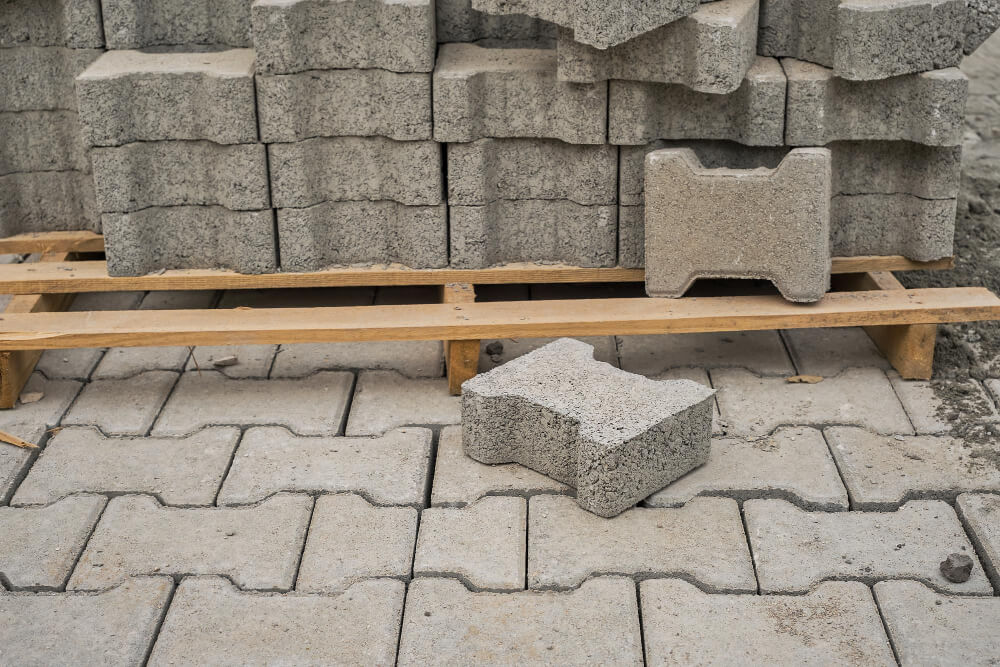DIY Paver Laying Tips for A Professional Finish

There are few things that are as rewarding as completing a DIY landscaping or building project and looking at the finished product. If you’re new to DIY-ing and have no professional landscaping or building experience, however, you might find that some aspects of your completed project may not look as well done as compared to if it had been done by a professional. In this post, we take a closer look at pavers and provide you with paver laying tips to help you achieve a more professional-looking finish on your next DIY project.
DIY Paver Laying Tips
If you want your paved surface to have a more professional-looking finish, here are some useful tips that you can bear in mind when working on your project:
Prepare Your Site Beforehand
Site preparation is an important step to take when laying pavers and can involve more than just clearing the area of grass, roots and debris. Site preparation also involves ensuring that the area to be paved is properly levelled and excavated to the proper depth with the thickness of the pavers, base material and bedding sand in mind. Inadequate site preparation is a common mistake that many first-time DIY-ers make that can result in an uneven paved surface.
Don’t Skip the Base Layer
Having a base layer of crushed stone or gravel is essential to help keep the pavers in place and prevent them from coming into direct contact with the soil beneath. Skipping the base layer can result in a paved surface that can shift over time, resulting in unevenness.
Plan Your Drainage Carefully
It is also important for you to plan out the drainage for your paved surface carefully before getting to work on your project, as this can help you avoid pooling and erosion when it rains. Drainage for a paved surface typically involves paving the entire surface at 1-2% incline so that water can run off to one side. If you live in an area with very high levels of rainfall, you may also want to consider using permeable pavers to allow rainwater to drain into the soil beneath.
Don’t Ignore Edge Restraints
Edge restraints may seem unimportant but they actually play a crucial role in helping to keep pavers from spreading and becoming unstable. Thus, it is important for you to dedicate a substantial amount of time to ensuring that the edge restraints for your paved surface are properly installed and secured.
Get Your Paving Supplies from Fulton Brickyard
Another common mistake beginners often make is not getting their paving supplies from a reputable supplier, which results in their paved surfaces wearing down more quickly. Fulton Brickyard is Melbourne’s number one brick and paving supplier. If you’re looking for pavers and other landscaping materials, get them from us to be certain that you’re getting supplies of the highest quality. For more information about our product offerings, leave us a message today!
Image Source: Image by ededchechine on Freepik
- Are Sandstone Paver Walkways Safe for Pets and Children?
- Artificial Turf vs Natural Grass: Which is Better for Your Yard?
- Can You Pressure Wash a Wooden Deck?
- The Benefits of Permeable Pavers in Stormwater Management
- The Importance of Proper Drainage Planning for Your Backyard or Garden
- Common Mistakes to Avoid When Cleaning Sandstone Pavers
- How to Repair Broken or Sunken Pavers
To learn more about the outstanding benefits of our expressive, evocative,
and natural granite pavers call us today on:
